Solar Impulse grounded for 2-3 weeks
- Published
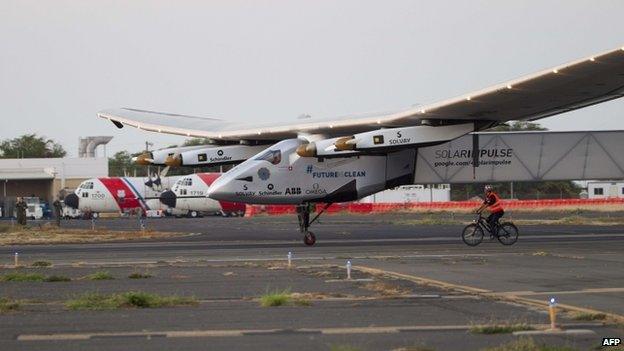
Solar Impulse uses four lithium-ion battery units
The record-breaking Solar Impulse plane will be grounded in Hawaii for at least two weeks because of battery damage.
The solar-powered vehicle overheated its electrical storage units during the historic, five-day crossing from Japan.
Engineers are trying to fix the plane but are not sure yet if new parts will be needed to get it back up into the air again.
The delay makes it less likely that Solar Impulse will complete its round-the-world quest this year.
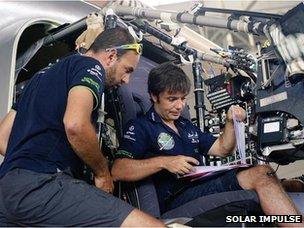
Solar Impulse will not be allowed back in the air until it is completely ready
It set off from Abu Dhabi, UAE, in March with the intention of returning within five or six months.
But uncooperative weather along the route has added weeks to the original schedule.
If Solar Impulse cannot get to the US East Coast soon, the project team may find that the correct meteorological conditions for an Atlantic crossing are no longer available in 2015.
The vehicle's slow speed, light weight and 72m wingspan put significant constraints on the type of weather it can handle. And beyond August, the windows of opportunity to cross the second biggest ocean on Earth become few and far between.
Solo feat
Pilot Andre Borschberg smashed aviation records when he steered Solar Impulse from Nagoya to Kalaeloa at the beginning of the month.
Flying just on the power of the Sun, he completed the 7,200km in 118 hours.
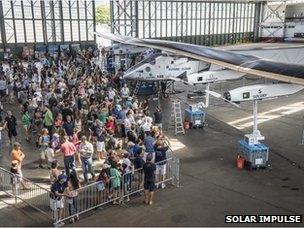
Hawaiians have come to view Solar Impulse
Not only did this set several new marks for manned solar aeroplanes, but it surpassed with ease the absolute aviation record for the longest solo flight in an un-refuelled vehicle.
However, in achieving this mammoth feat, Mr Borschberg's plane experienced damaging overheating in its lithium-ion battery system. Although the units performed as expected, they had too much insulation around them, making temperature management very difficult.
The Solar Impulse team says it will issue another bulletin in the next few days when engineers have had time to assess the problems. If new parts are needed, it is not certain they will immediately be available.
Mr Borschberg and his partner on the project, Bertrand Piccard, have used their time in Hawaii to further spread their message on the importance of clean technologies, external.
It is Mr Piccard who is due to fly the next leg of the round-the-world mission, from Kalaeloa to Phoenix, Arizona.



LEG 1: 9 March. Abu Dhabi (UAE) to Muscat (Oman) - 772km; in 13 hours and 1 minute
LEG 2: 10 March. Muscat (Oman) to Ahmedabad (India) - 1,593km; in 15 hours and 20 minutes
LEG 3: 18 March. Ahmedabad (India) to Varanasi (India) - 1,170km; in 13 hours and 15 minutes
LEG 4: 18 March. Varanasi (India) to Mandalay (Myanmar) - 1,536km; in 13 hours and 29 minutes
LEG 5: 29 March. Mandalay (Myanmar) to Chongqing (China) - 1,450km; in 20 hours and 29 minutes
LEG 6: 21 April. Chongqing (China) to Nanjing (China) - 1,241km; in 17 hours and 22 minutes
LEG 7: 30 May. Nanjing (China) to Nagoya (Japan) - 2,852km; in 44 hours and 9 minutes
Leg 8: 28 June. Nagoya (Japan) to Kalaeloa, Hawaii (USA) - 7,212km; 117 hours and 52 minutes

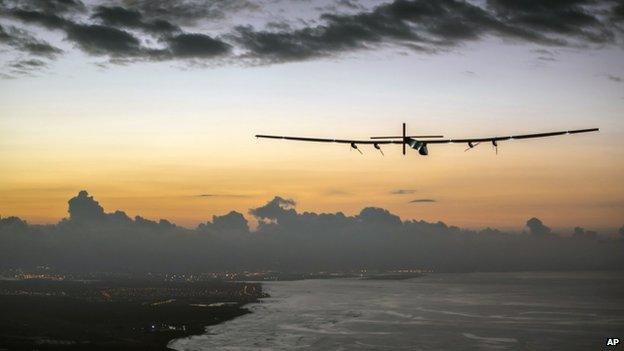
Footage shows Solar Impulse landing in Hawaii
Jonathan.Amos-INTERNET@bbc.co.uk, external and follow me on Twitter: @BBCAmos, external
- Published3 July 2015
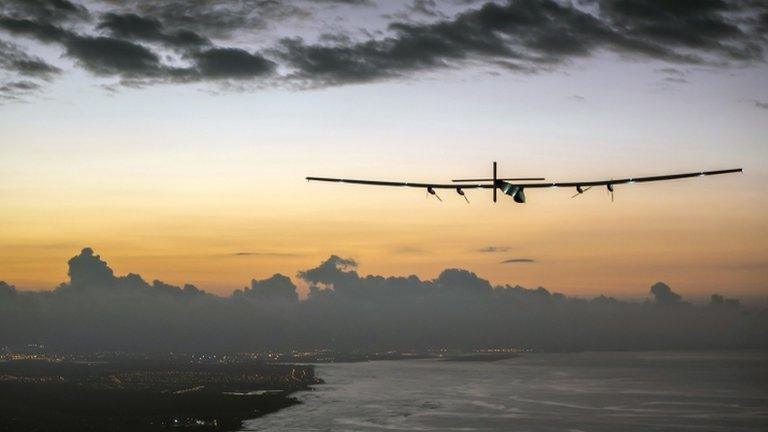
- Published2 July 2015
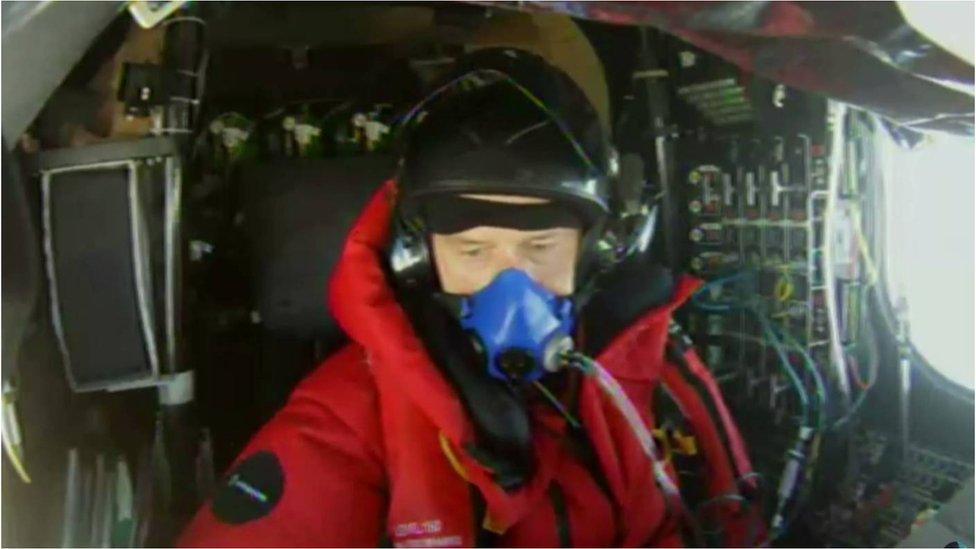
- Published30 June 2015
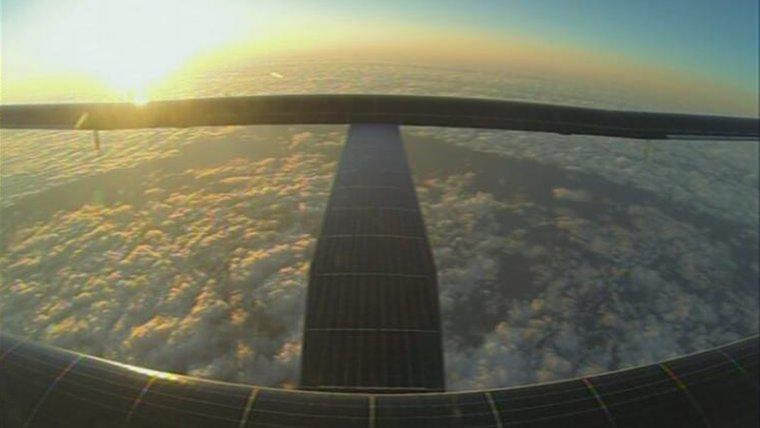
- Published29 June 2015
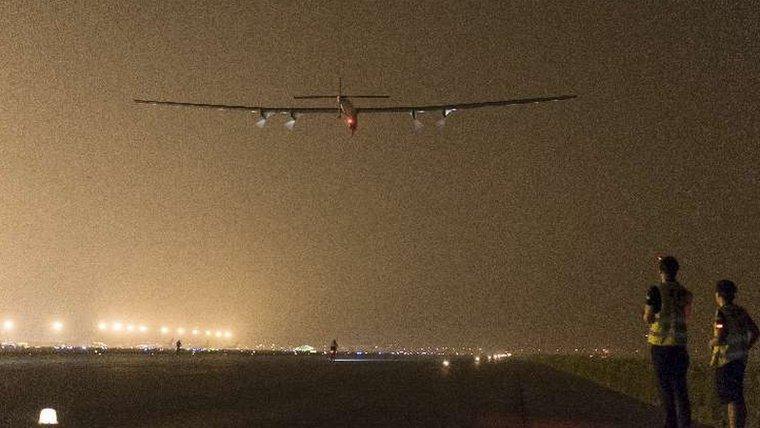
- Published3 June 2015

- Published1 June 2015
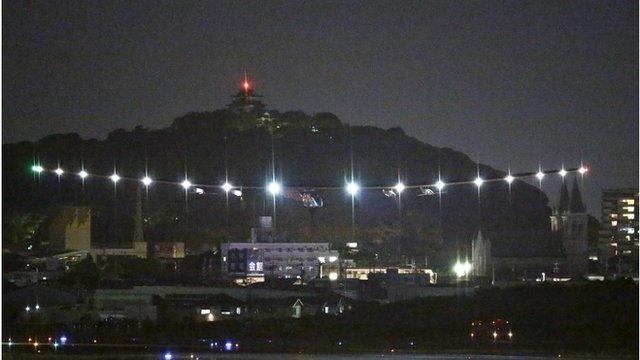
- Published30 May 2015
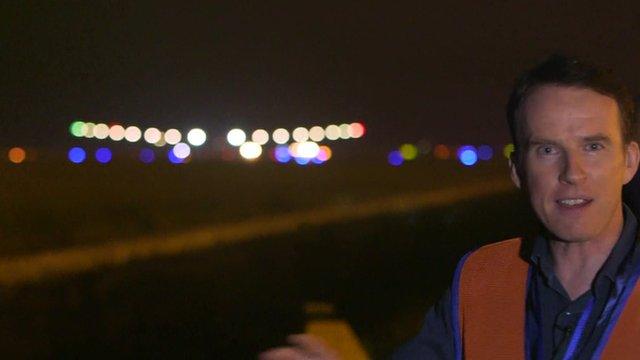
- Published13 May 2015
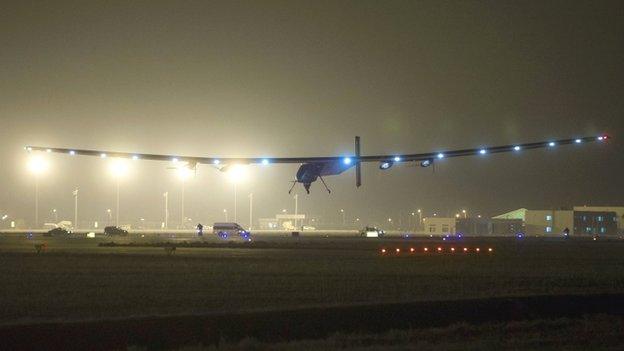
- Published25 May 2015